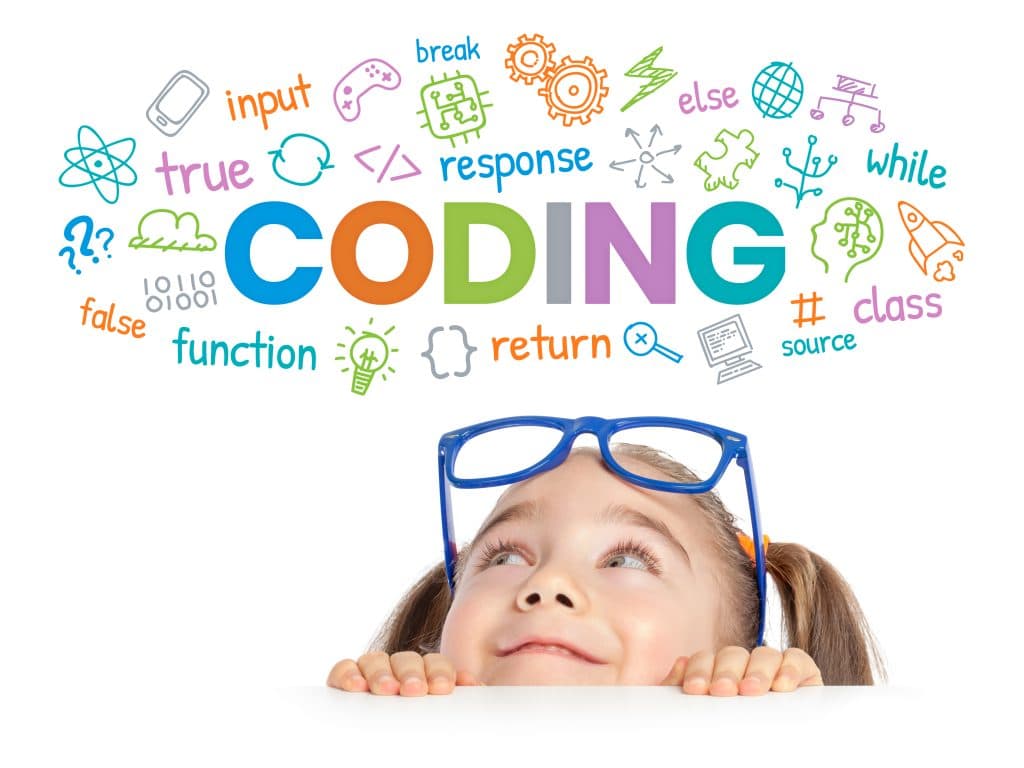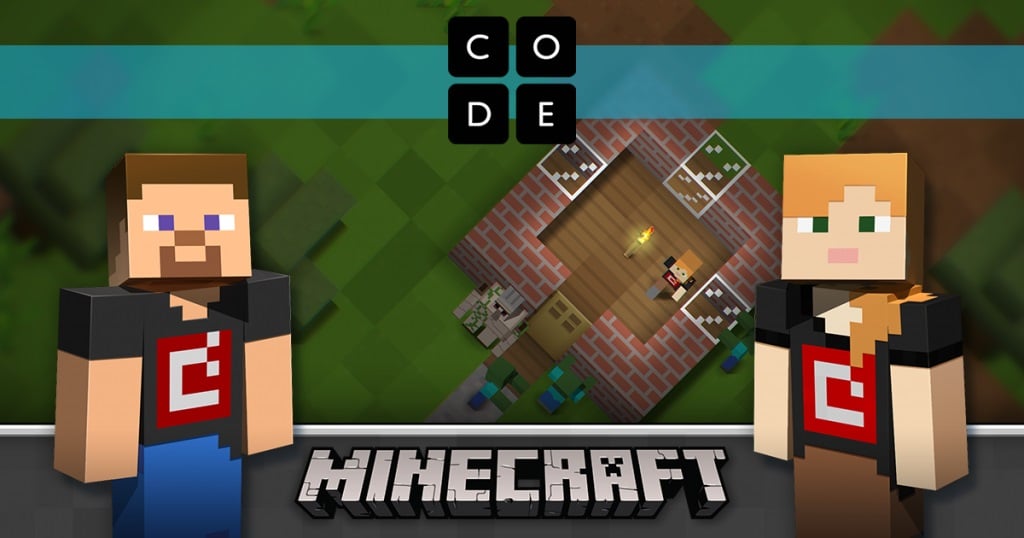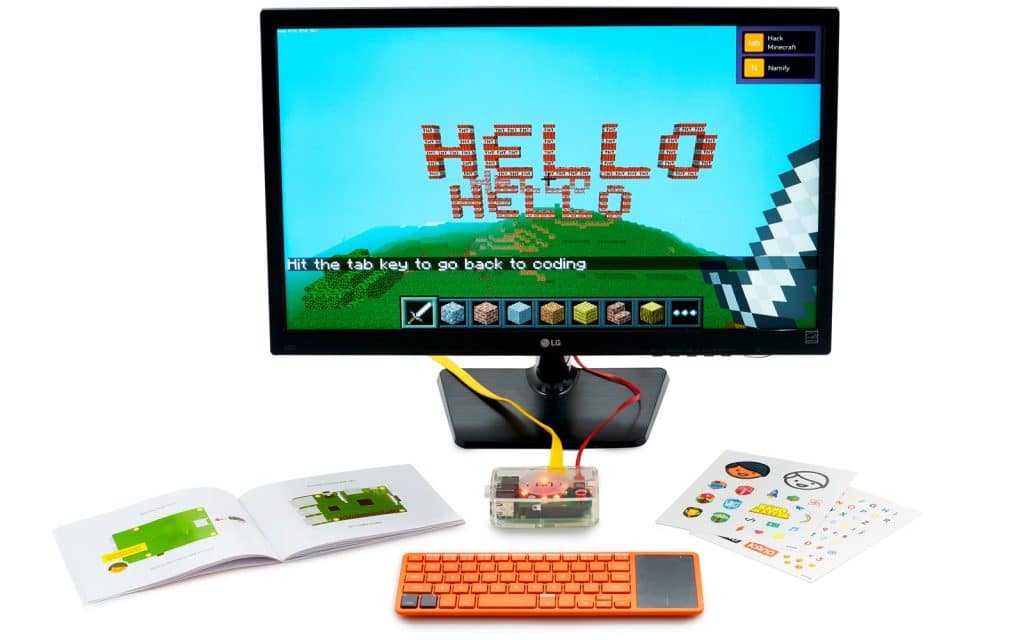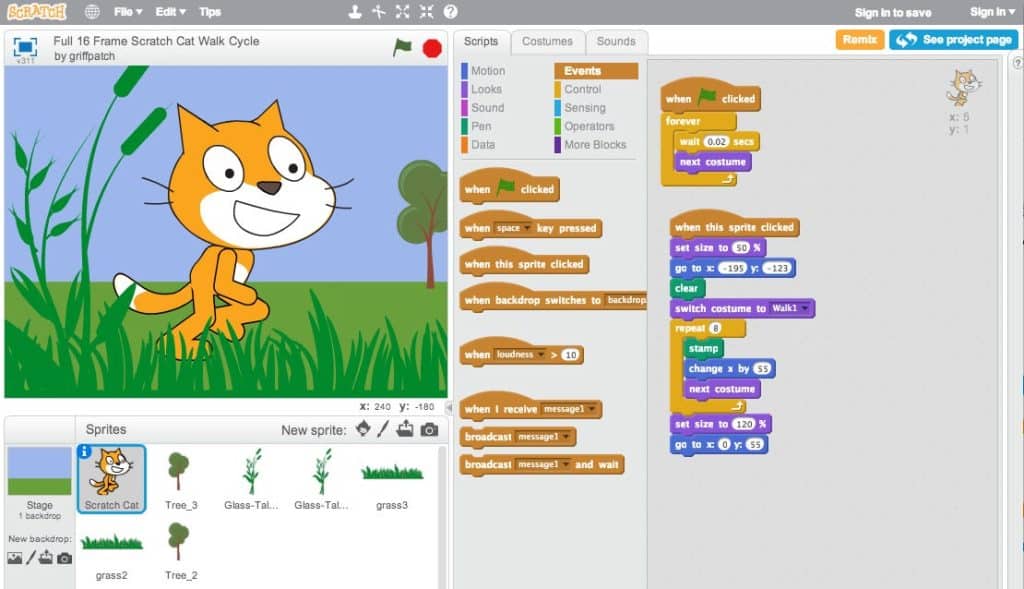- Contact support +1 (289) 914-0235
- Our location Mississauga, ON
- Contact email [email protected]

In the fast-paced world of social media and digital technology, where children’s screen time has reached unprecedented levels, an introduction to programming has become increasingly essential. The Centers for Disease Control and Prevention (CDC) paints a concerning picture, revealing that children aged eight to 10 spend an average of six hours per day in front of a screen. For older age groups, screen time skyrockets, with kids aged 11 to 14 averaging nine hours per day, and teens aged 15 to 18 spending an average of seven-and-a-half hours daily glued to screens. Despite this increase, the shift to digital technology is irreversible, and therefore today’s youth must be more technology-savvy if they hope to succeed in the hyper-competitive battle for good paying, high skill jobs of tomorrow.
Preparing the younger generation for this future entails more than just acquiring knowledge; it involves an introduction to programming that nurtures skills that empower innovation and problem-solving. Fortunately, many initiatives have emerged recognizing the transformative potential that coding holds for kids. As we dive into this blog post, we explore why coding is essential for children and look at emerging hubs for cultivating young tech enthusiasts.
Several studies have demonstrated the positive impact learning coding at a young age can have in stimulating the minds of the future.
1. Cognitive Development

Learning how to code drastically improves how children process and store information. It is an activity that requires extensive thought and stimulates both the left and right sides of the brain, associated with logic and creativity, respectively. By tapping into both hemispheres, children can cultivate a more balanced and versatile cognitive approach. Children who code are better multi-taskers, comprehensive problem-solvers, and faster learners. Moreover, coding instills critical thinking and analytical skills in children, fostering a mindset of perseverance and adaptability. This holistic cognitive development not only prepares children for future technological demands but also equips them with valuable life skills that extend beyond the realm of coding.
2. Preparation for the Digital Age

Working on code pushes children towards a multi-layered approach to problem solving that encourages viewing problems from multiple angles. Patience, communication, and creativity are key skills in the digital age. Indeed, oftentimes, computer scientists go back to the square one to reassess and analyze their steps. Coding is often likened to learning a new language with its own literacy and jargon. Teaching coding will provide optimal time for children to develop these skills into a core competency. Furthermore, learning to code provides individuals with essential skills for contributing to and navigating the ever-evolving digital landscape, making it a fundamental proficiency in today’s technology-driven world.
3. Creativity and Innovation

We exist in an age where much of our lives exist on platforms other people create. Additionally, the current education pedagogies encourage kids to do what they’re told. Conversely, children who code are compelled to think outside the box. It enhances creativity and development and many coders create their own platforms, worlds, or games. For instance, Tanmay Bakshi started coding at age five and became the world’s youngest IBM Watson programmer when she was 12. He has been an advocate for the use of technology in education, developing an app called “tTables” to help kids learn multiplication tables in a fun and interactive way. Currently, he hosts weekly livestreams with some of the world’s brightest tech minds on his show ‘Tanmay Teaches’. Although a phenom like Tanmay is rare, learning coding can inspire creativity and innovative talent in any industry your child decides to pursue.
Similar to learning a language, coding should be instilled at a young age. Several programs below communicate the relationships between numbers, letters, and symbols and spur creativity within kids to develop their own coding projects.
Minecraft Hour of Code:

This initiative from Microsoft and Mojang offers multiple adventure modules for students in grades 2-12. Courses include Minecraft Voyage Aquatic, Minecraft Hero’s Journey, and Minecraft Adventurer. Recently, courses focusing on generative AI have been added.
Courses include facilitator guides, answer keys, and video walkthroughs. For fans of the series, this is a simple and intuitive way to get a taste of programming.
Kano Kits:

Kano kits are educational products targeted towards engineers and computer scientists of the future. They offer various kits based on various facets of technology such as lighting displays, computers, and mobile apps centered around major IPs such as Harry Potter. All kits offer creative coding challenges with an emphasis on simplicity and interactivity. The kits come with a user-friendly interface and software that introduces users to coding through games and creative projects. Their computer kit features block-based programming, which involves dragging and dropping code blocks to create programs. This is a fun introduction to computer science and programming concepts.
Scratch Coding:

Scratch is a dynamic and user-friendly platform that makes significant strides in introducing coding to young programmers. It uses intuitive drag and drop software allowing children to explore the world of coding in a creative and interactive way. By providing a visually intuitive interface, Scratch coding empowers kids to not only understand the basics of programming but also unleash their imaginative potential. For inspiration, users can also explore other user’s creations. Through initiatives like Scratch, coding for kids transcends being a mere educational tool; it becomes a tool to foster innovation, critical thinking, and a lifelong love for problem-solving.
Programming skills are vital for many highly coveted jobs in today’s market. The positions highlighted below require extensive technical expertise and emphasize the dynamic nature of technology integration and data management.
1. Web developer

Web developers are responsible for technical, aesthetic, and functional aspects of a website such as its performance and capacity. Web developers also equip websites to handle large amounts of traffic while not compromising on speed or visuals. Social skills are also a large aspect of the job as web developers must meet with clients to coordinate the initial vision and hold regular follow-up meetings to ensure maintenance of the website. Web developers must monitor a website’s continued performance, address any technical problems, and optimize the website should the client want new content or design features added.
2. Systems Analyst

Systems analysts serve as a mouthpiece between business leaders and information technology staff. Their role involves facilitating and clarifying communication between these two parties and offering business-based recommendations. Specific tasks involve formulating stakeholder requirements, designing systems, and overseeing the development and implementation process. Their work will manifest as documents or prototypes outlining a system and its specifications. Similar to web-development, communication skills are key to outlining often complex technological jargon for business shareholders. Monitoring and maintaining these systems and ensuring maximum effectiveness is also crucial.
3. Database Administrator

Lastly, a database administrator (DBA) oversees the design, implementation, and maintenance of an organization’s database systems. DBAs collaborate with development teams to integrate databases with applications, troubleshoot issues, and provide ongoing support. They are responsible for ensuring data security through the implementation of access controls and encryption measures, managing data backups and recovery procedures, and optimizing database performance. Their role also includes capacity planning to accommodate future data growth and seamless data migration between systems.

Parents looking to enroll their children in enriching coding-based courses can look no further than iTechSkills Academy. ITechSkills is a community-based training hub for enhancing knowledge in Information Technology through flexible, remote courses. Topics appeal to day-to-day users, new immigrants, First Nations, and children. Together, we provide a strong introduction to programming that unravels the tapestry of young minds embarking on a journey within the captivating world of coding. This narrative captures not only the essence of iTechSkills Academy’s Coding Wonderland but also paints a broader picture of the potential awaiting each child as they navigate and thrive in the ever-evolving digital landscape. Ignite your child’s passion for coding with our engaging and interactive Coding for Kids course. Enroll now for a fun and educational experience. CLICK HERE.
#CodingForKids #TechEducation #ProgrammingSkills #DigitalLearning #FutureSkills #YouthTech #InnovationForKids #STEMeducation #CodingInitiatives #DigitalLiteracy #TechSavvyKids #CognitiveDevelopment #ProblemSolvingSkills #DigitalFuture #CodingWonders #KidsWhoCode #EdTech #FutureJobs #TechEnthusiasts #CreativeCoding #YouthInTech #TechInnovation #DigitalSkillsForKids #ParentingInTechAge #ScreenTimeAwareness #ITechSkillsAcademy #CodingWonderland #EnrollNow
References:
The STEM Laboratory. “10 Coding Activities for Kids.” Link
Fudge Animation. “The Best Video Games for Creatives.” Link
Canadian Education Financial Agency (CEFA). “What Is Coding for Kids?” Link
Tyagi, Kaushtubh. “Coding Improves Creativity.” Link
CodeWizardsHQ. “How Learning to Code Builds Cognitive Development.” Link